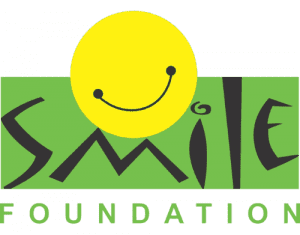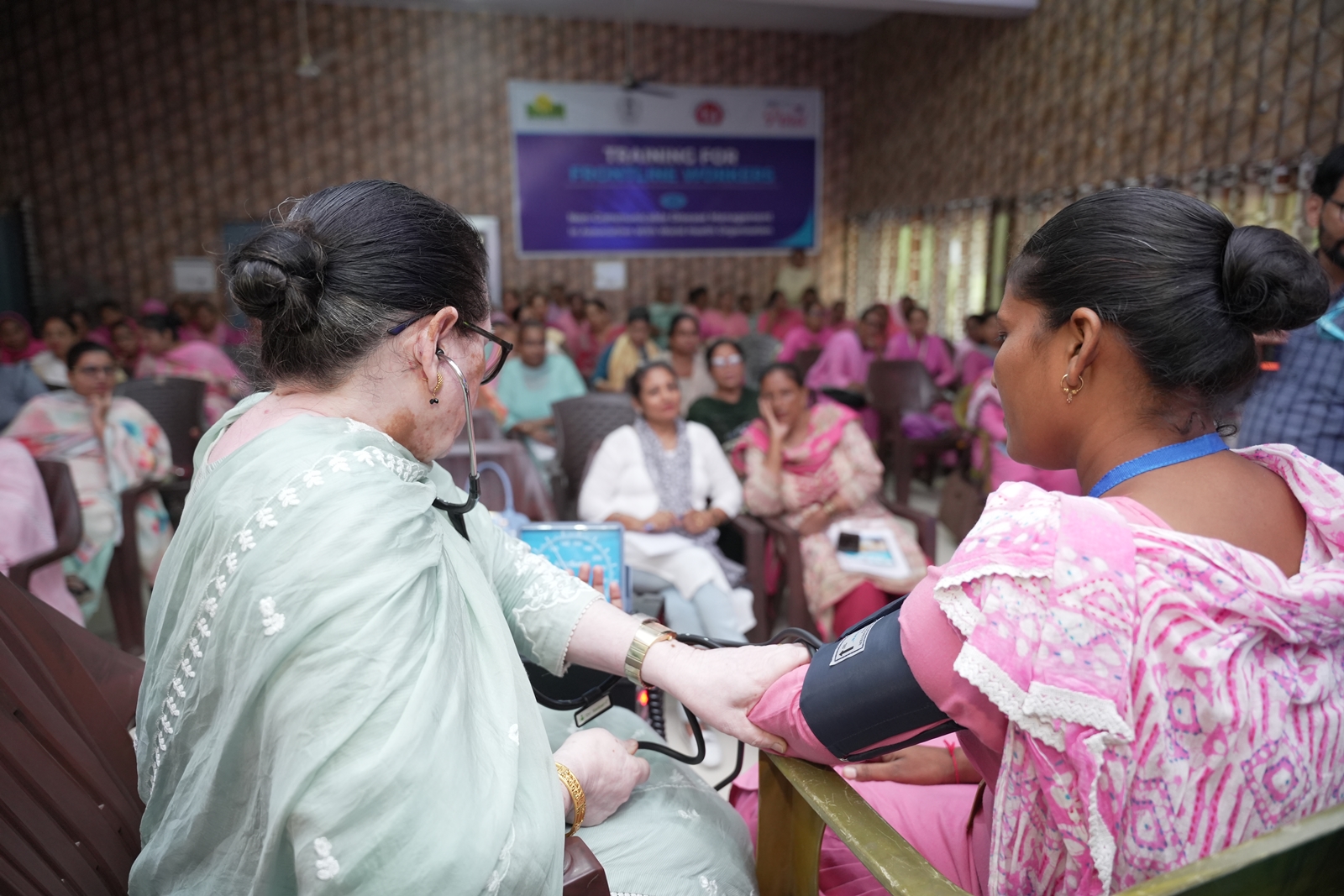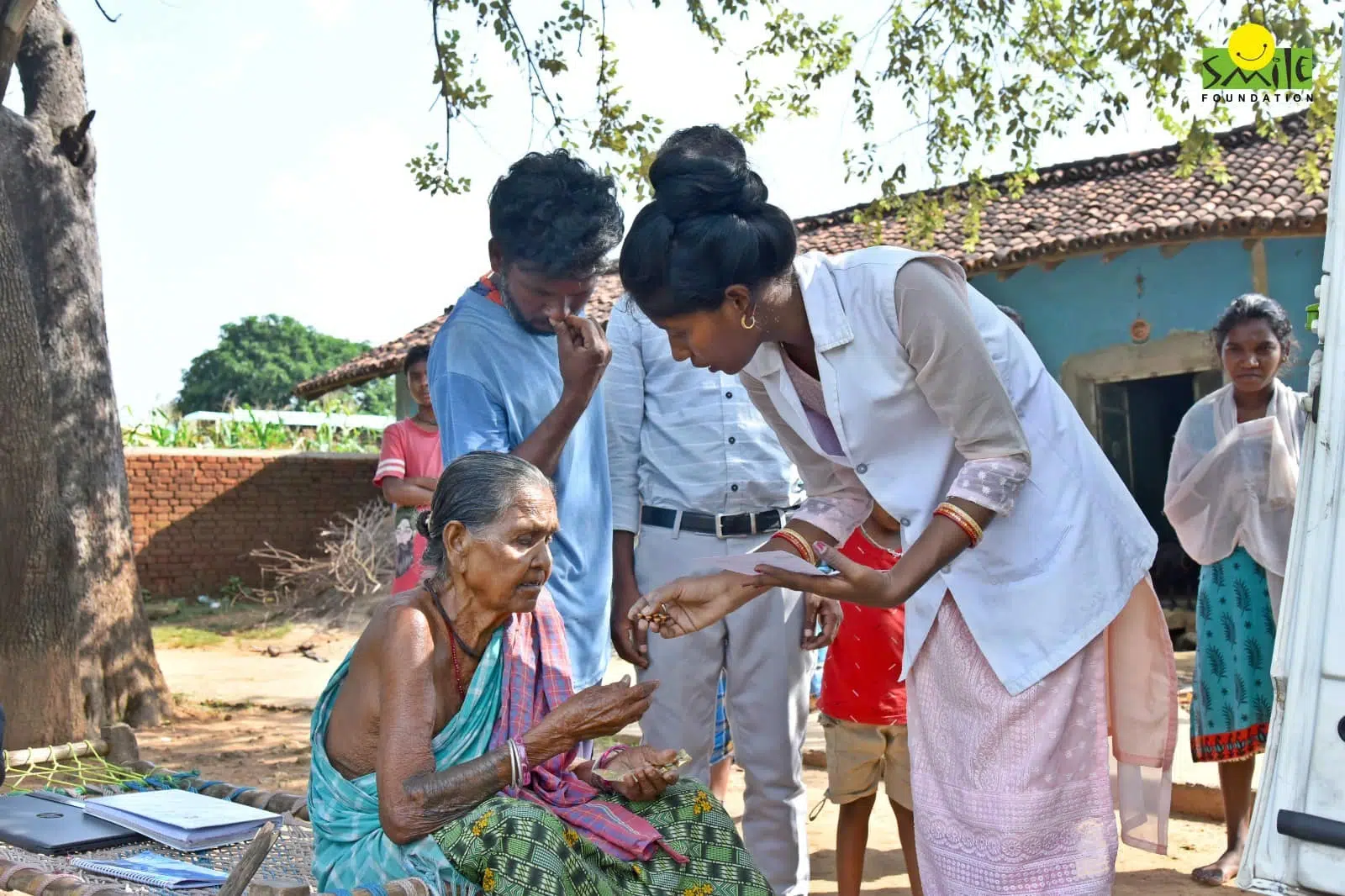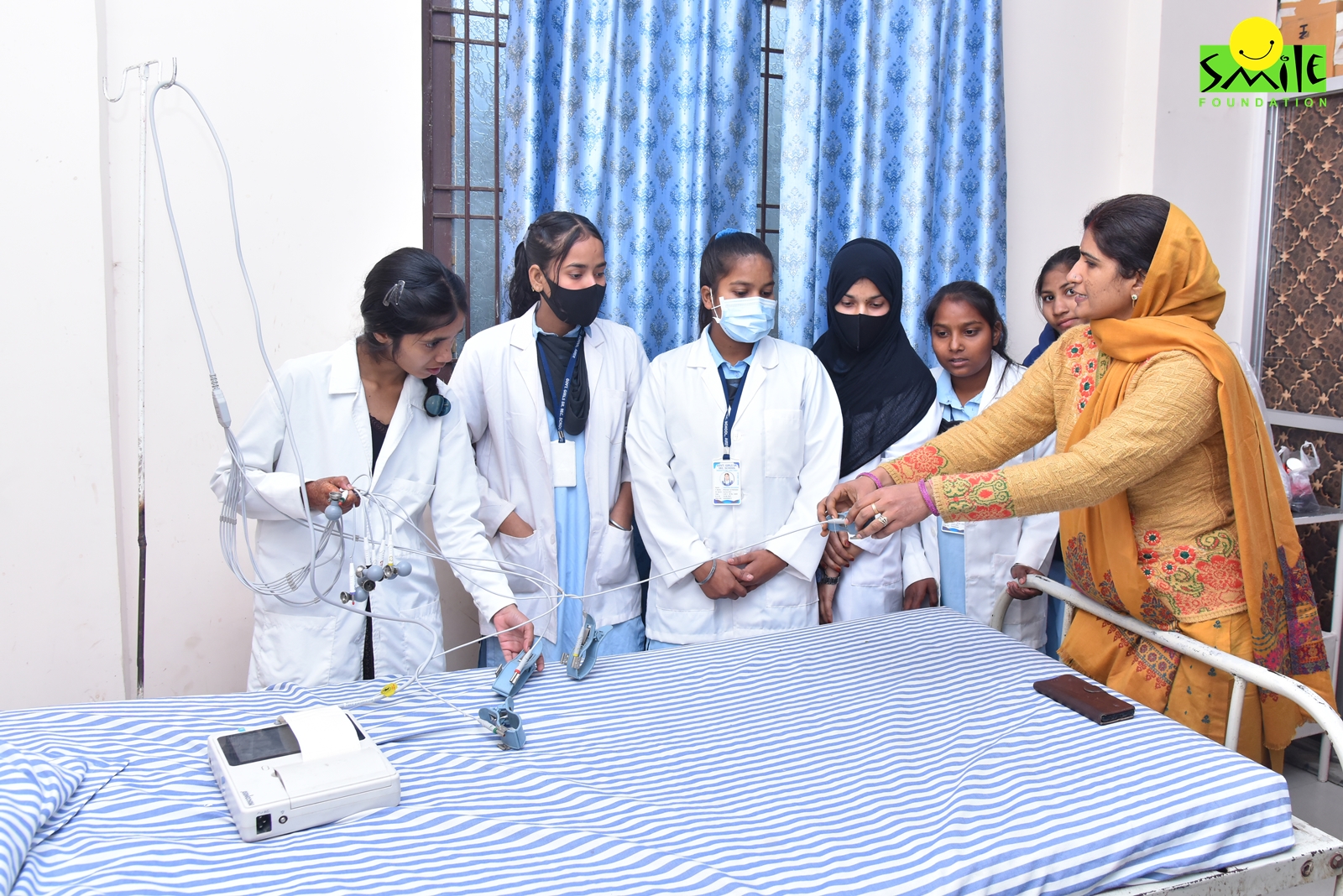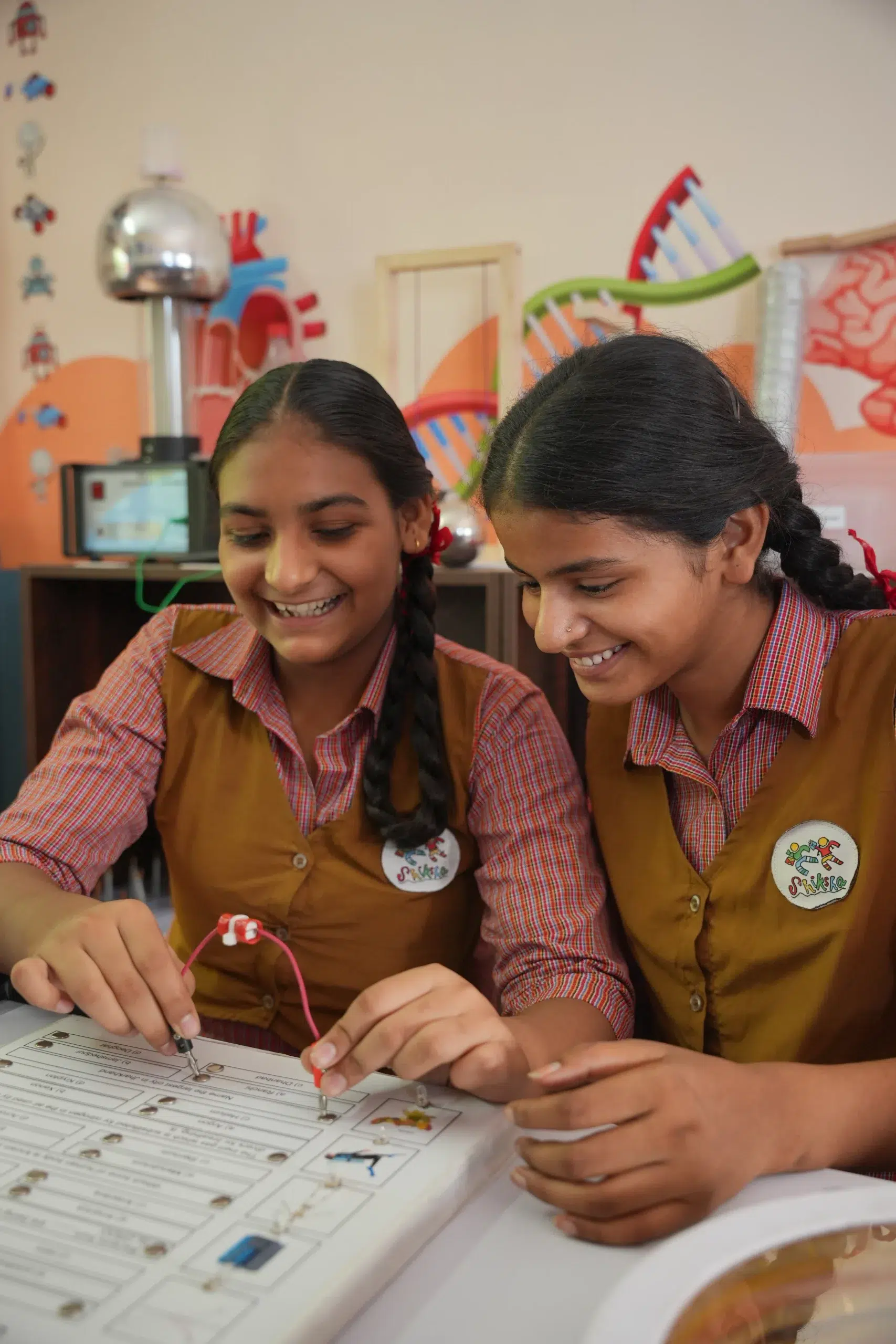With no economic freedom, there is no real empowerment for women. That’s why it has been included as the fifth Sustainable Development Goal by the United Nations. But when we say Indian women are far away from attaining empowerment or enjoying independence, we are not exaggerating it. Data shows that one in every five women do not have access to a bank account. This is the reality despite numerous efforts taken by both government and private bodies, encouraging women to handle their own money. A Findex survey reveals that seven countries account for more than 50% of the world’s unbanked population. Of these countries, India’s unbanked population is close to 130 million.
Before financial inclusion comes financial literacy. According to the Organization for Economic Co-operation and Development (OECD) Report 2023, only 35% of men and 30% of women are financially literate across the globe. In India, a study by the Securities and Exchange Board of India (SEBI) reveals that only 27% of men and 20% of women are financially literate. Before we delve deep into the topic, let’s understand what financial literacy actually means and how it will help us.
Understanding financial inclusion and financial literacy
Financial inclusion refers to the availability and accessibility of financial services to individuals and businesses, especially to those who are underserved or excluded from the traditional financial system. It is to ensure that everyone—irrespective of their financial status, geographical location, or social status—has access to essential financial services like savings accounts, insurance, credit, and other payment systems. In recent times, it has been recognized as a key driver of economic growth and alleviation of poverty across the globe. An individual needs to be financially literate to make full use of financial services.
In simple terms, financial literacy is the ability to understand and effectively manage personal finances. It means one needs to have knowledge and skills to make confident and informed decisions regarding budgeting, saving, investing, borrowing, and planning for the future. It helps people in making solid financial choices by ensuring long-term financial security and well-being.
Importance of financial literacy for rural women
In recent times, financial literacy has been gaining attention. Thanks to the global recognition that one cannot make informed financial decisions without being financially literate. According to SEBI, “a customer must have the necessary awareness about the available products, the ability to choose the right product, and the available mechanism for grievance redressal” to make an informed and proper decision. The government has been emphasizing raising awareness among women, especially those from rural areas, to increase their financial inclusion. For rural women, the role of financial literacy’s role does not end there. It travels way beyond imagination. Below are some of its crucial impacts on women.
1. Better money management: Financial awareness helps women in better management of money since it bestows them with knowledge and skills about budgeting, saving, investing, and debt management. An effective and realistic budget can be derived by tracking income and expenditure. By understanding the importance of allocating money for necessities, savings, and discretionary spending, a woman can ensure that they are living within their means. This not only prevents overspending but also saves them from debt and gives her better control over her finances. Financial literacy also helps a woman in understanding the importance of saving for short-term and long-term goals. In addition to saving for emergency funds to protect against unforeseen events, they also start to save for their future. Learning about interest rates and different types of savings accounts will help women maximize their savings. By understanding the risks and rewards associated with various investment options like stocks, bonds, mutual funds, and real estate, she can create a diversified portfolio that aligns well with her financial goals.
2. Economic empowerment: By equipping women with skills that are required for effective money management, financial literacy helps a woman in making independent and informed financial decisions. By learning about financial services, she can access financial services, including banks and insurance, without much difficulty. Furthermore, it enables women to navigate and take advantage of government schemes and subsidies implemented for their welfare. Since it also teaches her entrepreneurial concepts like capital investment, cash flow management, marketing, and pricing strategies, she can even start her own business. This in turn will help her not just in generating income for herself but also in creating job opportunities for others. This in turn will help her to thrive even in the absence of traditional financial support from male members of her family. This confidence will empower her.
3. Promoting gender equality: When a woman starts to manage finances without depending on others, she becomes independent. This independence in turn will allow them to take control of their financial well-being, be it managing household expenses, saving up for their future, or investing in business. By making informed decisions, she can assert more influence over their personal and family lives, leading to more equitable relationships. Once she gains independence, she starts to challenge the traditional norms that expect a woman to play only a support role. Financial literacy helps her to break away from gender norms and promotes gender equality in the household, workplace, and beyond. When a woman is financially literate and becomes involved, she can actively participate in the economy. This in turn will lead to higher household incomes, improved living standards, and a stronger sense of financial security. It further reduces the gender gap and allows women to take leadership in the households, businesses, and communities.
Current trends on financial inclusion in India
1. The Economic Survey 2024 indicates a strategic shift from focusing on ‘every household’ to ‘every adult’ in financial inclusion efforts. This approach aims to ensure that each adult has access to financial services, reflecting a more personalized and inclusive strategy. About 54.84 crore people, including 30.52 women, have opened bank accounts under Pradhan Mantri Jan Dhan Yojana (PMJDY)—aimed at expanding affordable financial services—as of February 2025, according to the scheme portal.
2. The recent NABARD report titled All India Rural Financial Inclusion Survey (NAFIS) 2021-22 finds that about 44% of agricultural households use the Kisan Credit Card. The card plays a vital role in promoting financial inclusion among rural Indians.
3. The percentage of people having good financial literacy has gone up from 33.9% in 2016-17 to 51.3% in 2021-22 in rural India.
4. There has been a sharp increase in the percentage of women using a bank or savings account by themselves from 53% in 2015-16 to 79% in 2019-21, according to the National Family Health Survey (NFHS).
5. Though the Covid-19 pandemic has reduced the digital divide, it continues to be pervasive in rural India. Though almost everyone owns a mobile phone, only 54% of them use the phone for themselves. Of which, only 22.5% of women use mobile phones for financial transactions, as per NFHS-5.
6. According to NFHS-5, only 11% of women have availed microcredit loans. The percentage is higher in rural areas than in urban areas by 3%.
7. The report also reveals that only 18% of married women have complete control over their earned money. While a whooping 67% of them are forced to discuss with their husbands in handling their money, 14% of them have absolutely no control over their money.
8. The recent All-India Debt and Investment Survey (AIDIS) reveals that 80.7% of rural women have deposit accounts.
9. The government has launched Pradhan Mantri Suraksha Bima Yojana (PMSBY) to offer accidental death cum disability cover up to Rs 2 lakhs and Pradhan Mantri Jeevan Jyoti Bima Yojana (PMJJBY) to offer life cover. The Ministry of Finance reveals that the number of women beneficiaries under all these schemes has increased significantly.
Challenges
Despite numerous efforts taken both by the government and private bodies in strengthening financial literacy and inclusion among rural Indian women, critical gaps continue to exist in the system. Some of them are discussed below.
1. Financial dependency on men: In many rural households, women are not directly involved in making financial decisions. Traditionally, it is believed to be the duty of male members. The situation continues to persist even if the women financially contribute to the family. This lack of involvement leads to a lack of interest in understanding financial matters.
2. Limited access to financial services: Rural parts of the country still lack adequate banking infrastructure. Though financial inclusion initiatives have increased access to basic banking, the presence of physical branches or customer service points remains sparse, making it difficult for women to gain hands-on financial experience. Also, digital platforms, which are crucial for modern financial literacy, often fail to reach women due to a lack of digital literacy and access to technology.
3. Poor connectivity: Since technology has become a vital role in enabling financial services through its digital mode, rural areas have poor internet connection. This failure in ensuring uninterrupted access to financial services creates a wider digital divide. Without strengthening the connectivity issue, women in remote areas cannot access the financial services. As a result, those women who have started taking financial decisions also fall off the track.
4. Low literacy level: The 2024 ASER report shows that only 65% of rural women are literate. The low level of education makes it difficult for them to understand complex financial concepts, including saving and investing. Lack of skill development programmes on financial management that are tailor-made for rural women pushes them further away. This educational gap increases their financial exclusion.
Smile’s Work
Smile Foundation addresses financial literacy and awareness among rural women through its Swabhiman program, initiated in 2005. This initiative aims to empower marginalized and socially excluded women by providing interventions in nutrition, healthcare, and livelihood. A key component of Swabhiman is digital financial literacy training, which equips women with the knowledge and skills to manage their finances effectively, utilize digital banking services, and leverage financial technologies. This education enables women to participate fully in the economy and make informed financial decisions.
The program also emphasizes entrepreneurship development, offering financial literacy workshops as a core element to prepare women to become self-sustaining entrepreneurs. These workshops focus on essential aspects of financial management, such as budgeting, saving, investing, and debt management. By understanding these concepts, women are better equipped to manage household expenses, plan for future needs, and achieve long-term financial security.
Through these comprehensive efforts, Smile Foundation’s Swabhiman program strives to bridge the gender gap in financial literacy, promote economic empowerment, and contribute to the overall well-being of rural women and their communities.
Considering the current trend, it is essential to strengthen financial literacy among rural Indian women. For it is not mandatory for women’s empowerment but also for the overall economic growth of the country. To overcome the barriers, it is essential to implement gender-sensitive, context-specific, and easily accessible programs that cater to their unique needs. Additionally, improving digital literacy, fostering inclusive financial policies, and providing female role models and mentors will help empower women economically and bridge the financial literacy gap.

